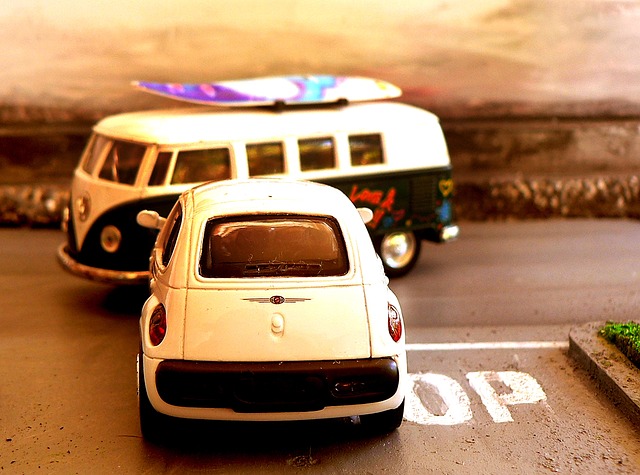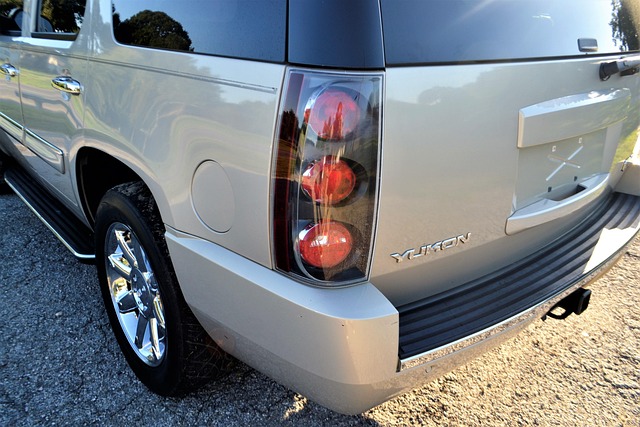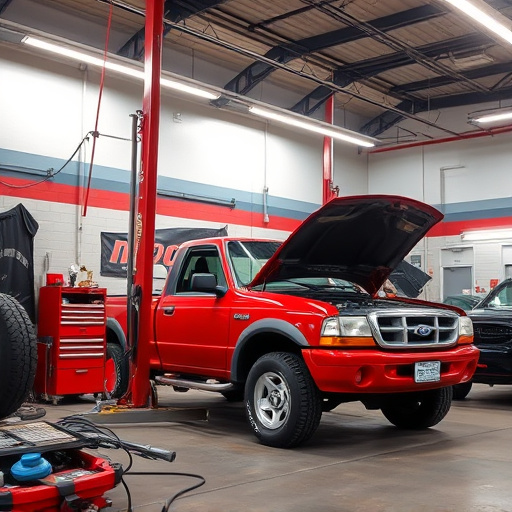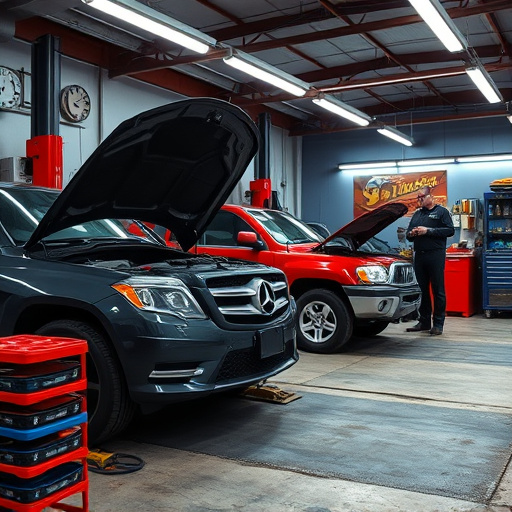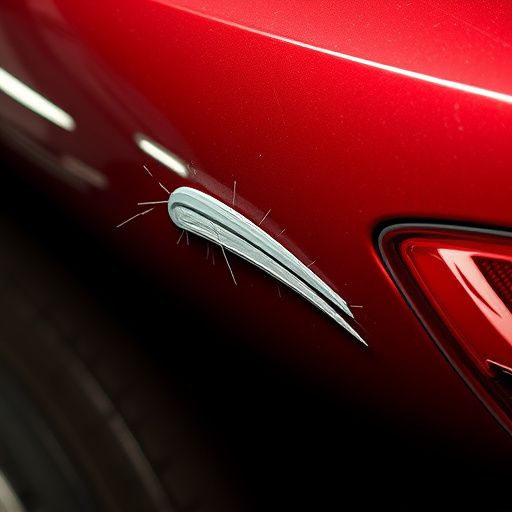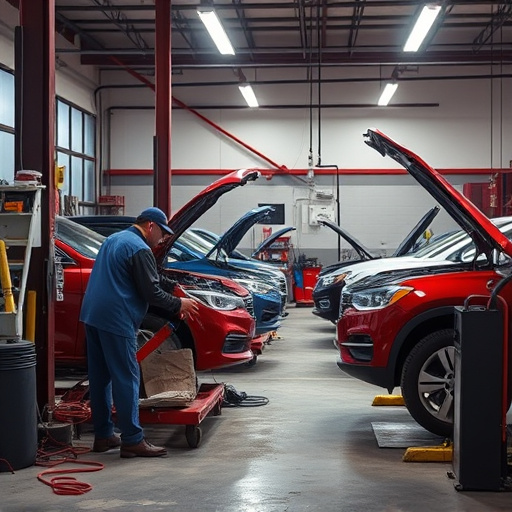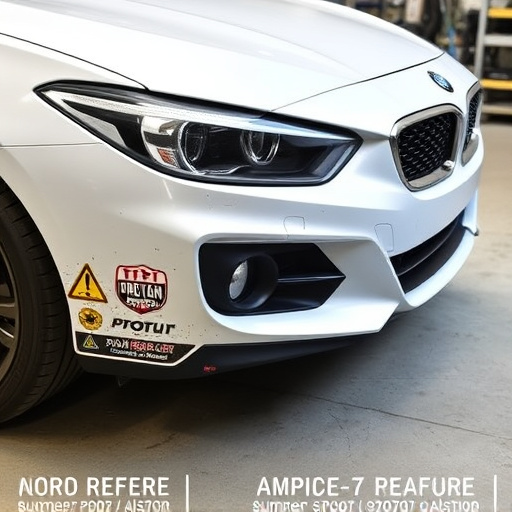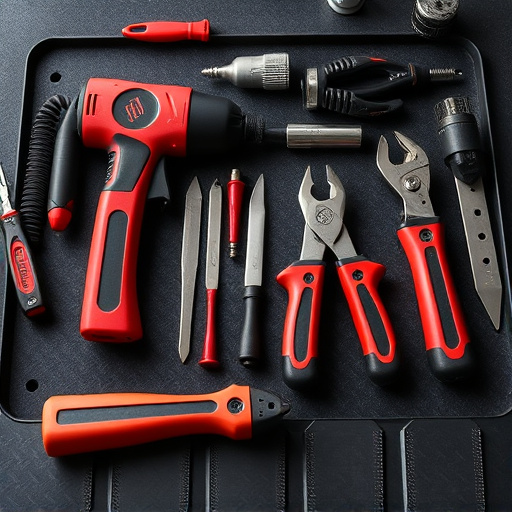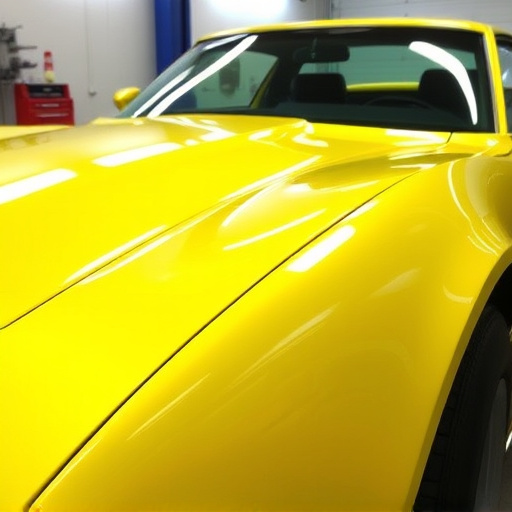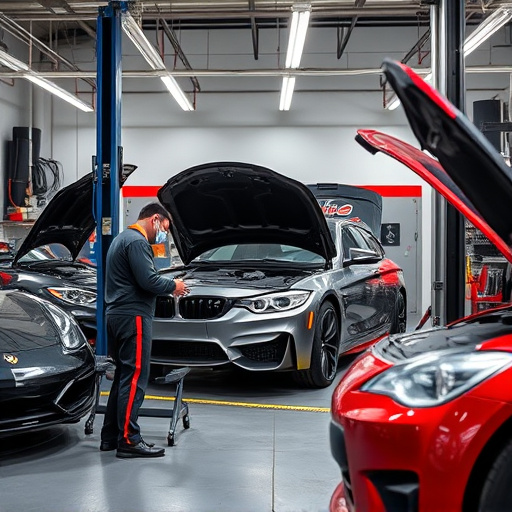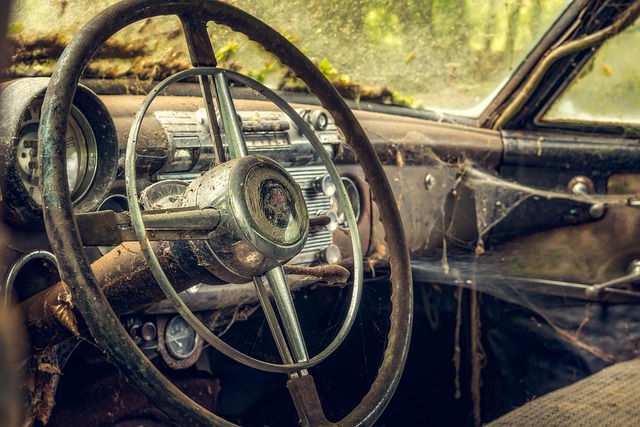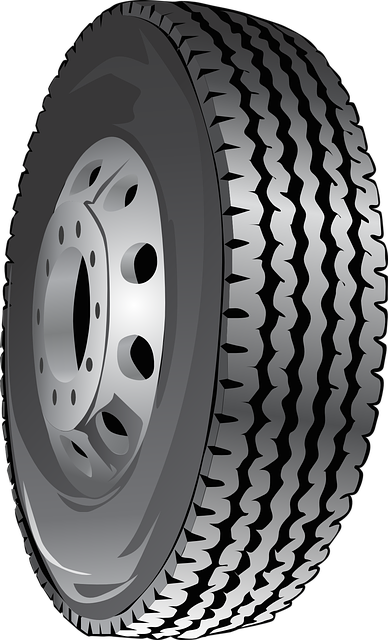OEM bumper replacement improves vehicle aesthetics and structural integrity with a tailored fit. Cost-effective solution for auto repair, offering efficient dent removal and precise installation by skilled technicians. Choosing the right OEM bumper requires understanding make, model, and year. Installation is straightforward, involving safety precautions, removing old bumper, cleaning and aligning new one, then securing it with retaining clips or bolts while reconnecting electronics.
Looking to restore your vehicle’s original aesthetics and safety specifications? Consider OEM bumper replacement, a game-changer in automotive repairs. This comprehensive guide explores the multifaceted benefits of this process, from enhancing your car’s appearance to ensuring optimal structural integrity. Learn how to select the perfect fit for your make and model, followed by a detailed installation process. Elevate your DIY skills with these expert tips and take control of your vehicle’s upkeep.
- Understanding OEM Bumper Replacement Benefits
- How to Choose the Right OEM Bumper for Your Vehicle
- Step-by-Step Guide to Installing an OEM Bumper
Understanding OEM Bumper Replacement Benefits
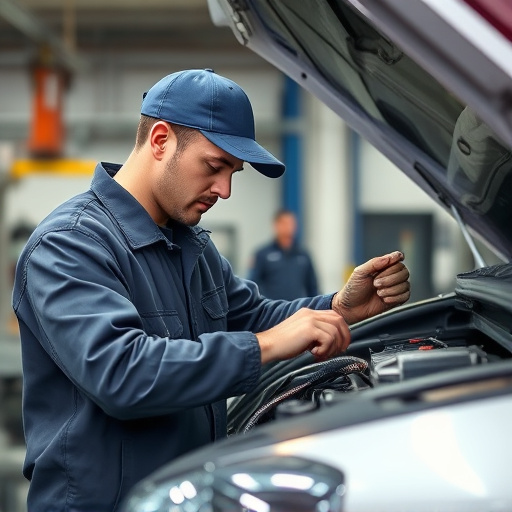
OEM bumper replacement offers numerous benefits for vehicle owners looking to restore their car’s original aesthetic and safety specifications. By opting for Original Equipment Manufacturer (OEM) bumpers, drivers can enjoy a perfect fit that aligns precisely with their vehicle’s make and model. This ensures not only a seamless visual appeal but also maintains the structural integrity crucial for impact protection.
Moreover, OEM bumper replacements streamline auto repair services, making them more efficient and cost-effective compared to aftermarket alternatives. This process involves skilled technicians who expertly handle dent removal and precise installation, guaranteeing a factory-like finish. As a result, vehicle owners can regain their car’s original appeal while enhancing its overall safety features.
How to Choose the Right OEM Bumper for Your Vehicle
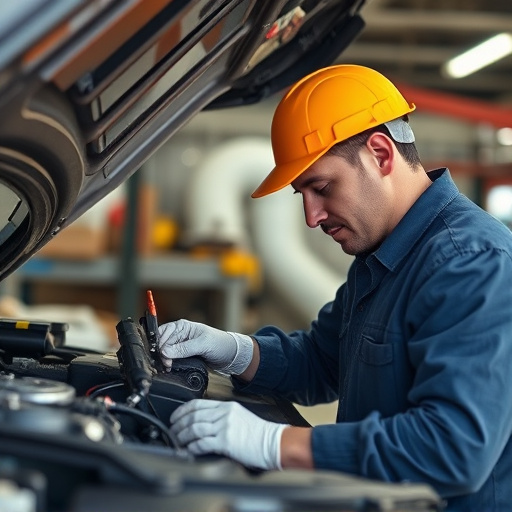
When choosing an OEM bumper replacement, knowing your vehicle’s make and model is crucial. Each car and truck manufacturer has specific designs for their bumpers, so selecting the right one ensures a precise fit and maintains your vehicle’s original specifications. Start by identifying your vehicle’s year, make, and model—this information can typically be found on a sticker inside the driver’s door or in your owner’s manual.
Next, consult with a reputable body shop offering collision repair services. Their experts will guide you through the process, ensuring you choose an authentic OEM bumper that aligns perfectly with your vehicle’s bodywork. This is particularly important when it comes to aligning and adjusting components for a seamless finish—a key aspect of professional body shop services.
Step-by-Step Guide to Installing an OEM Bumper
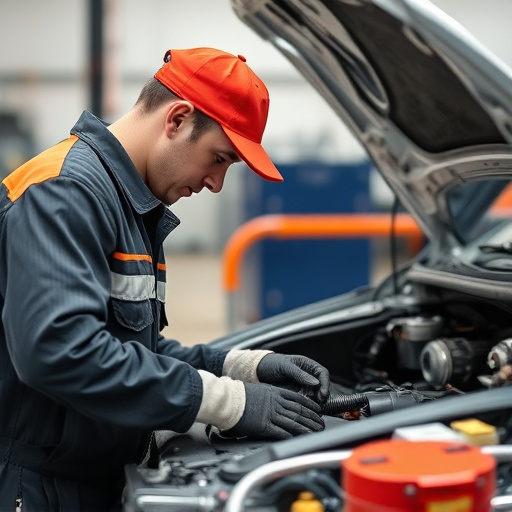
Installing an OEM bumper replacement is a straightforward process that can be completed by most car owners or taken to a professional auto body shop for a seamless fit. Here’s a step-by-step guide to ensure your vehicle returns to its original specifications:
1. Safety First: Park your car on a level surface, engage the parking brake, and make sure the area around your vehicle is well-lit. Put on safety gear, including gloves, as a precautionary measure.
2. Remove the Old Bumper: Start by detaching any electrical components connected to the bumper, such as lights or sensors, with the help of a screwdriver. Then, locate and release the retaining clips or bolts securing the old bumper in place. Use a jack to safely lift and remove the damaged bumper.
3. Prepare the New Bumper: Double-check that you have acquired an OEM bumper replacement designed specifically for your vehicle model. Clean the new bumper to ensure there are no debris or grime buildup.
4. Install the New Bumper: Align the new bumper with the car’s body, ensuring all mounting holes match up perfectly. Secure it in place using the same retaining clips or bolts from the old bumper, tightening them firmly but not excessively. Reconnect any electrical components that were removed earlier.
An OEM bumper replacement is a smart choice for drivers seeking to restore their vehicle’s original aesthetics and specifications. By choosing genuine parts, you ensure precision fitting and seamless integration with your car’s design. Following the steps outlined in this guide, from selecting the right bumper to installation, will help achieve a factory-like finish. Embrace the benefits of OEM replacement, enhancing both your vehicle’s appearance and value on the road.
